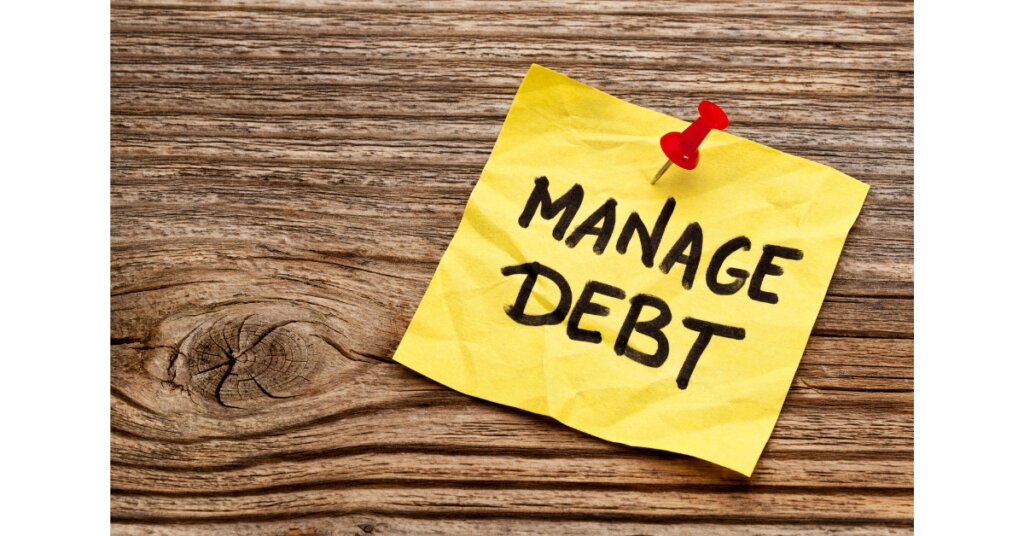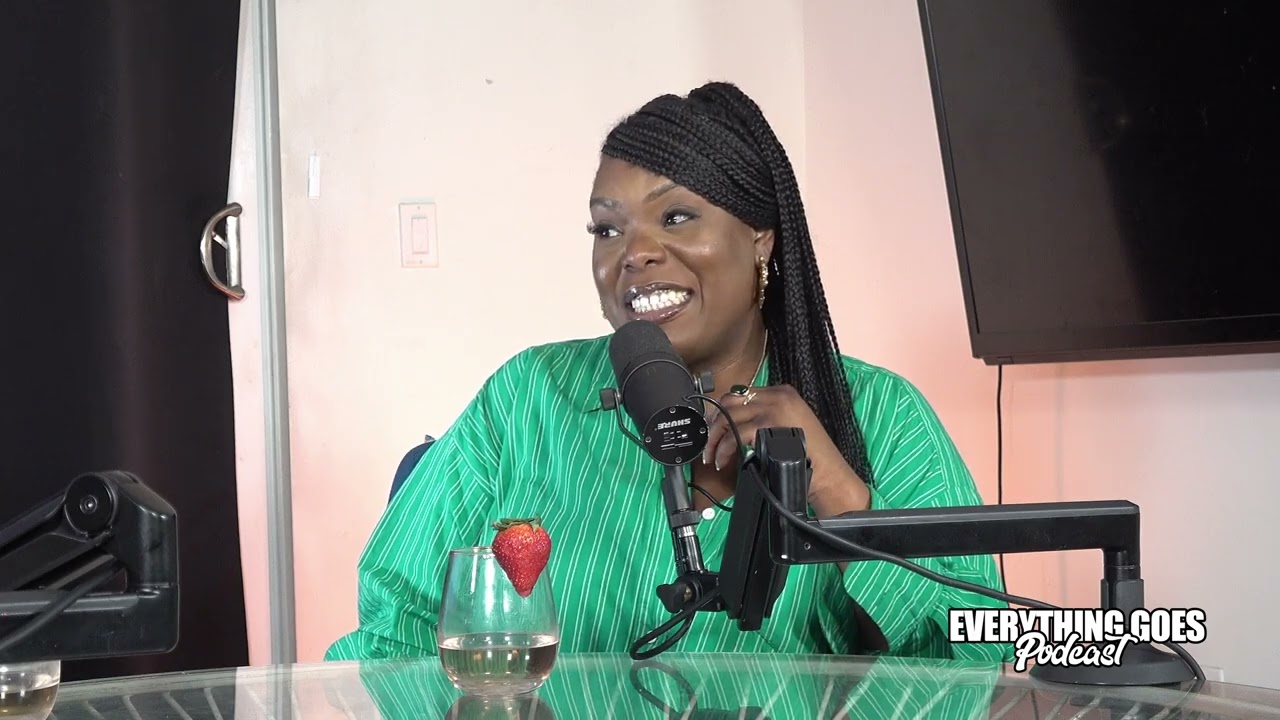Many people view being debt-free as a step toward financial stability. While not all debt is harmful, certain types—such as high-interest credit cards or payday loans—can create stress and limit financial flexibility. Choosing to eliminate or reduce debt can lead to better control of your income and long-term planning. Below are steps and considerations to guide the process.
1. Define What Debt-Free Means to You
Before you start paying off debt, it is important to understand what living debt-free looks like for your situation. For some, it might mean having no debt at all, including mortgages and student loans. For others, it could mean avoiding credit card use or eliminating debt with high interest rates while keeping low-interest debt that supports long-term goals.
It’s also worth noting that there may be trade-offs. For example, closing all credit accounts or not using credit at all could lead to being “credit invisible.” This means credit bureaus might not have enough information to calculate a credit score, which can make it harder to qualify for new credit, rent a home, or receive competitive insurance rates.
Additionally, living debt-free may require changes in spending habits. You might need to reduce discretionary spending, delay certain purchases, or avoid taking on new debt. In other cases, taking on new debt, such as for education or a home, might still make sense depending on your broader financial goals.
2. Understand How Much Debt You Have
A clear understanding of your total debt is essential before choosing a strategy. Start by listing all outstanding balances, interest rates, and minimum payments. This includes credit cards, loans, and other liabilities.
Calculating your debt-to-income ratio—how much you owe compared to what you earn—can also help you understand how manageable your debt is. This figure can guide you in choosing the best repayment strategy and assessing your eligibility for debt relief options if needed.
3. Choose a Debt Payoff Method
There are multiple ways to reduce debt, and the right method depends on your goals and financial capacity. Common strategies include:
- Debt Snowball Method: Focus on paying off the smallest debt first while continuing minimum payments on others. Once a small debt is paid off, apply that payment to the next smallest balance. This approach may create a sense of progress as debts are eliminated one by one.
- Debt Avalanche Method: Prioritize debts with the highest interest rates. Make minimum payments on all debts, but apply extra funds to the one with the highest rate. After it’s paid off, move on to the next highest. This method may reduce the total interest paid over time.
- Debt Consolidation: Combine multiple high-interest debts into a single loan with a lower interest rate. This can help make monthly payments more predictable and may shorten the repayment period. Options include personal loans or balance transfer credit cards, depending on your credit standing.
- Debt Relief: If your unsecured debt (such as credit cards, personal loans, or medical bills) exceeds 50% of your gross income, or you are unable to repay it within five years, you may want to consider debt relief options. These include:
- Debt Management Plans through nonprofit credit counseling agencies.
- Bankruptcy, either Chapter 7 or Chapter 13, depending on your situation.
- Debt Settlement, where a creditor agrees to accept less than the total amount owed.
Each option has financial and credit consequences, so it’s important to research or speak with a qualified advisor before proceeding.
4. Create a Budget That Supports Your Goals
A reliable budgeting system can help you maintain control over your income and avoid new debt. There are different methods available, and it’s important to find one that fits your habits and needs. Examples include:
- Zero-Based Budgeting: Assign every dollar you earn to a specific purpose, including savings and debt repayment, until there is no unassigned income remaining.
- 50/30/20 Rule: Allocate 50% of income to needs, 30% to wants, and 20% to savings and debt repayment.
- Envelope System: Use cash stored in labeled envelopes for specific spending categories to limit overspending.
There are also apps and digital tools that automate budgeting and provide reminders, charts, and spending alerts. Using these tools can help create routines that support long-term debt reduction and financial planning.
Build an Emergency Fund
An emergency fund is a savings buffer used for unexpected expenses, such as car repairs or medical bills. Having this fund can reduce the need to rely on credit in the future.
If saving a large amount feels out of reach, start with smaller, regular contributions. Strategies include:
- Setting monthly savings targets that are realistic based on your budget.
- Automating savings through direct deposit or transfers on payday.
- Using apps designed to help you save incrementally.
Even small amounts can add up over time, and building an emergency fund can increase your financial resilience.
5. Consider the Emotional Impact of Debt
Debt can influence how you feel about money, spending, and financial goals. It’s helpful to recognize that debt is a financial condition, not a personal judgment. Being in debt doesn’t reflect character, and being debt-free doesn’t automatically mean success.
Managing emotions around money may involve adjusting your mindset, setting realistic goals, and practicing patience with your progress. If you find that your feelings about money are creating stress or confusion, speaking with a financial therapist or counselor can help. These professionals offer support and guidance for building healthier relationships with finances.
Working toward a debt-free life requires planning, consistency, and flexibility. By understanding your current situation, setting clear goals, and choosing methods that fit your lifestyle, you can make steady progress toward managing or eliminating debt.














